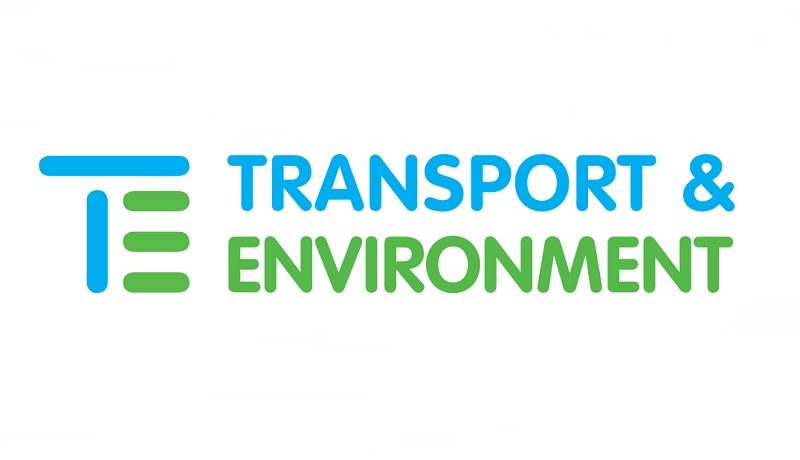Hydrogen plan on energy prices. The EU’s hydrogen plan for transport goes beyond what is needed for hard to electrify sectors like shipping and aviation and risks driving up energy prices without additional renewables.
The EU’s plan to mandate green hydrogen in the EU energy mix by 2030 could drive up demand for electricity by almost one-fifth, new Transport & Environment (T&E) analysis shows. This would heap pressure on electricity demand at a time when energy prices are at an all time high. Any increase in hydrogen production is reckless without additional renewables, says T&E in a new paper.
The European energy grid is gradually decarbonising with more renewables and less fossil fuel coal and gas-powered electricity. But without additional renewables tied to hydrogen targets, the EU’s plan will likely result in renewables being diverted from the grid and undercut the emissions savings from electric vehicles by making the grid dirtier. With gas the most common marginal fuel to plug gaps, this strategy would be punishingly expensive with gas prices so high.
Geert Decock, electricity and energy manager at T&E, said: “The EU is playing a high risk hydrogen strategy. We do need hydrogen for ships and planes, but it is reckless to heap unnecessary pressure on wind and solar when clean electricity will be needed to power the growing number of electric cars and heat pumps for homes.”
As part of its ‘Fit for 55’ package, the European Commission put forward several proposals for boosting the use of renewable hydrogen. This includes a 2.6% target for renewable fuels of green hydrogen and e-fuels [1] to be used in transport as well as replacing 50% of grey hydrogen used in industry.
The analysis finds that the EU’s green hydrogen plan would increase demand for renewable electricity by almost one-fifth (17%) of overall electricity demand in 2030 – equivalent to adding the electricity consumption of France (500 TWh). In contrast just 6% of additional electricity would be needed to charge 30 million battery electric cars, trucks and buses.
While hydrogen is essential for decarbonising hard to electrify sectors like shipping and aviation, the target set by the Commission for hydrogen in transport is almost twice as high as what is needed for ships and planes during this period, says T&E. This would mean liquid e-fuels being used in combustion engine vehicles where you would need four times more renewable energy to power a hydrogen-powered car than a battery electric one. The group supports an ambitious but lower target of 1.6%.
Geert Decock concludes: “The EU must ensure that any hydrogen production is coupled with new renewable energy generation. Otherwise today’s high gas and electricity prices will feel like a bargain compared with what’s to come.”
[1] These targets are included in the Commission proposal for a review of the Renewable Energy Directive, which sets targets for so-called Renewable Fuels of Non-Biological Origin, aka RFNBOs. This umbrella term encompasses not only hydrogen in an electrolyser powered with renewable electricity, but all types of efuels: e-ammonia, e-methanol, but also synthetic hydrocarbons like e-kerosene, e-diesel or e-gasoline.

